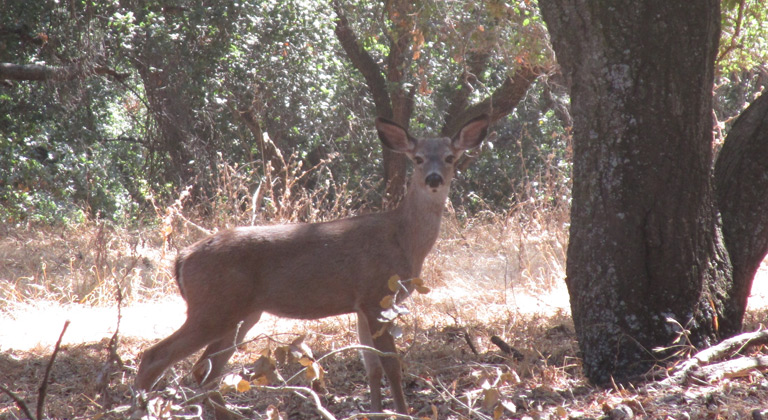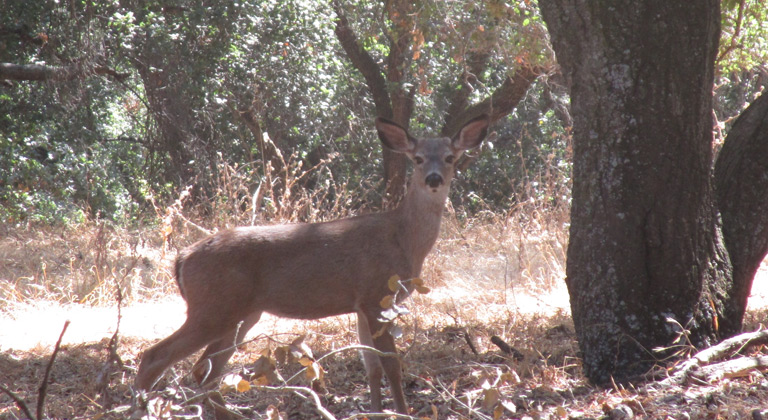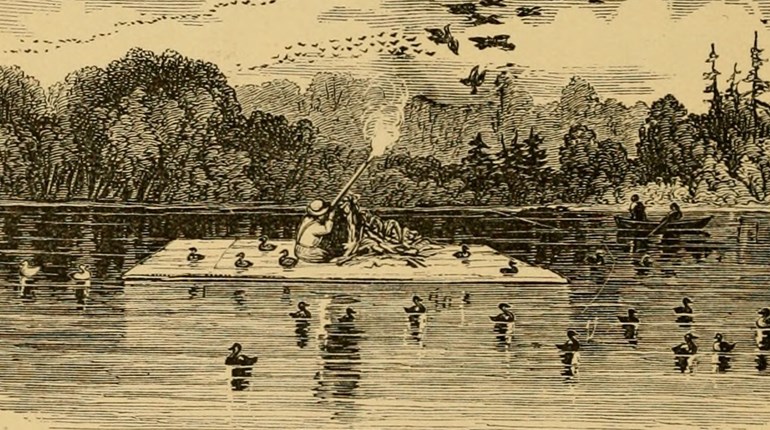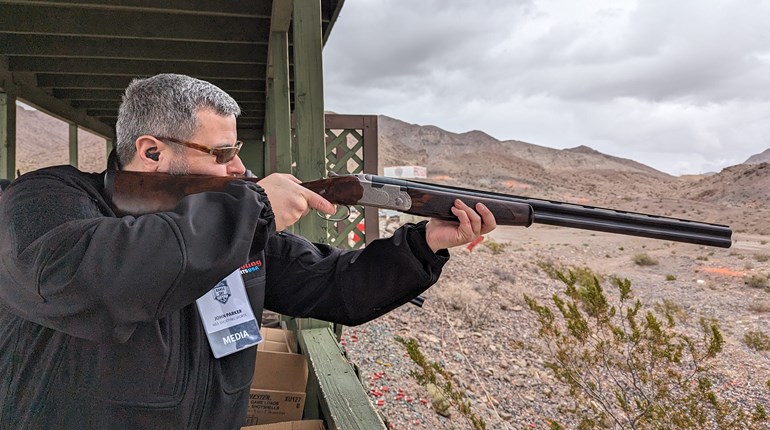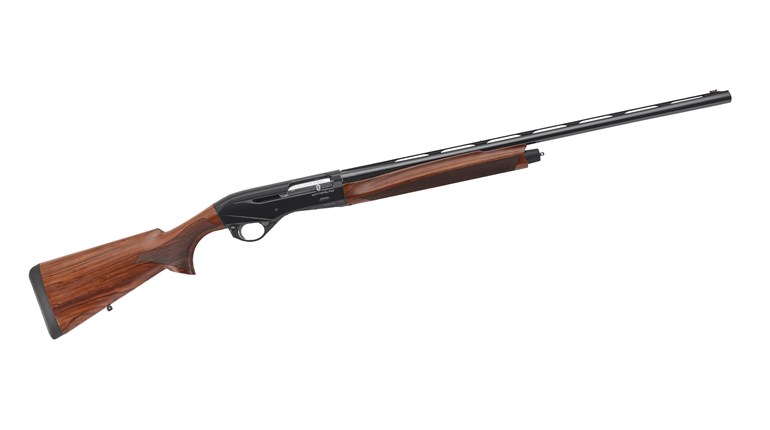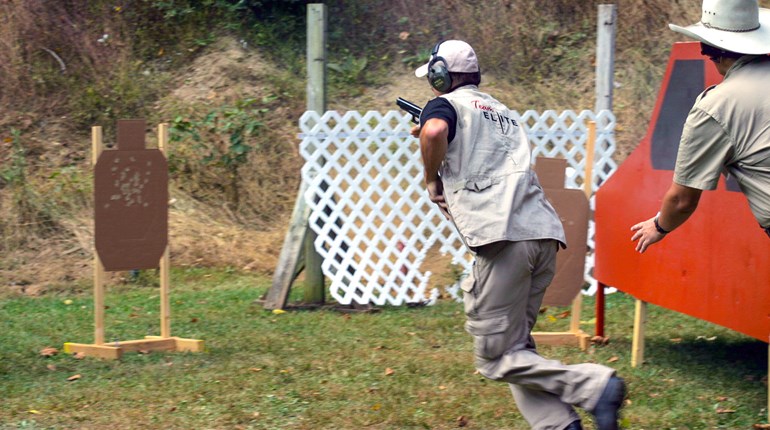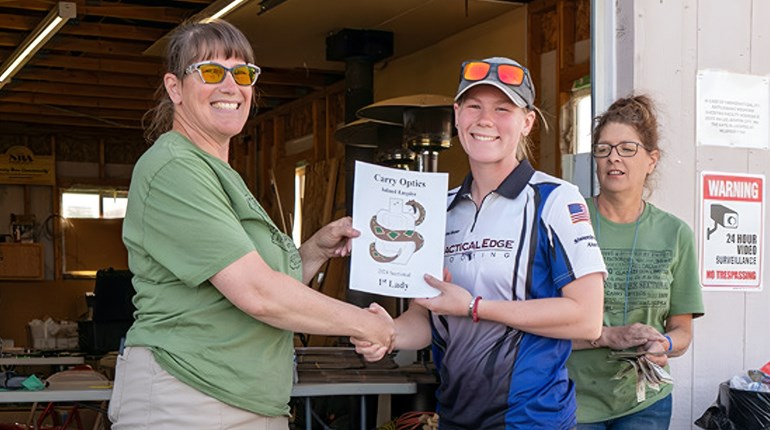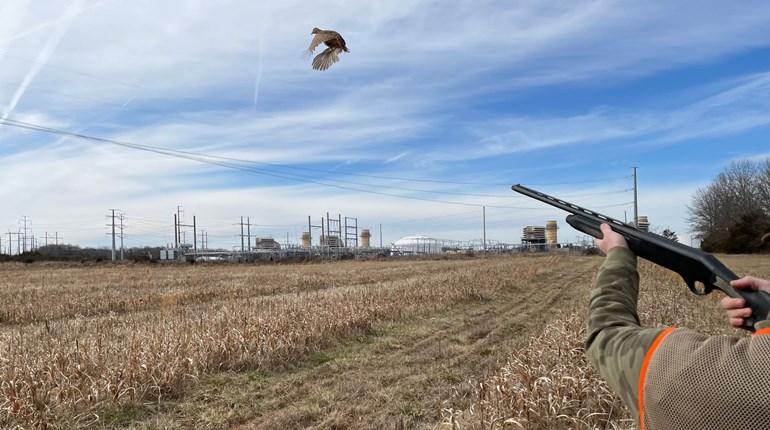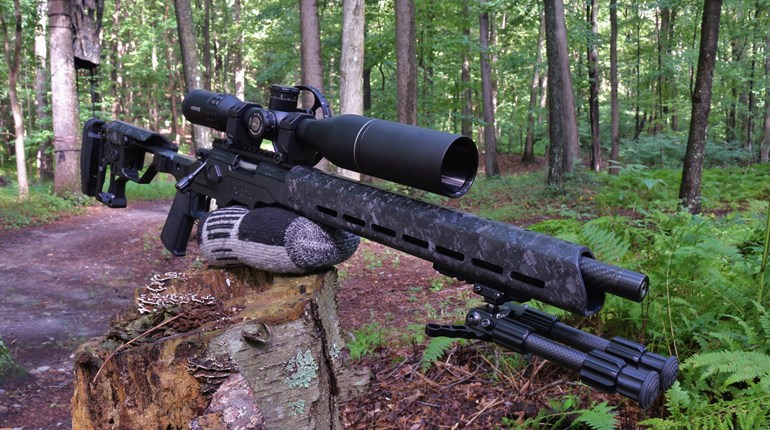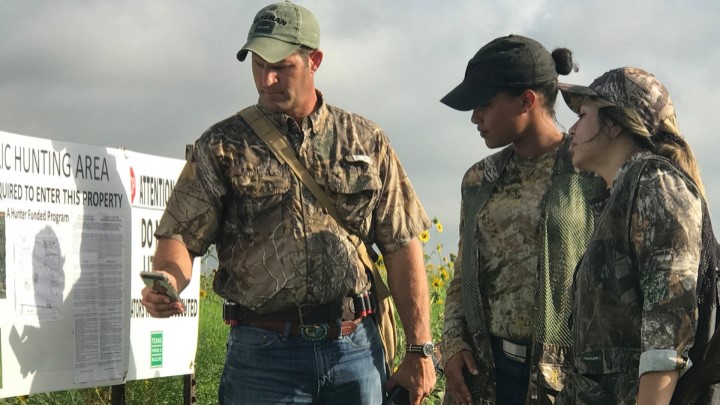
Dove-hunting seasons are now opening across the United States, and wingshooters are as giddy as kids at Christmas. Dove populations are high and bag limits generous, but that doesn’t mean doves are easy to hit. Quite the contrary! Dove shooting is some of the most challenging wingshooting you’ll ever do, and if you are able to take a limit of these small, fast-flying migratory game birds you can be justifiably proud of your shotgunning skills.
Another attractive aspect of the sport is that it is a very social type of hunting. Most dove hunts are usually conducted with a buddy or two, but larger, more formal dove hunts are also popular, especially in Southern states. And if you are fortunate to get invited to one of these mega-shoots—complete with a traditional barbecue hog roast afterward—there are certain, simple do’s and don’ts to keep in mind that will get you invited back.
RSVP: You likely will receive your invitation via text message, email or possibly even by snail-mail. Respond quickly, either yes or no, as your host needs to know how many people to plan for, concerning both the hunting and the meal afterwards. And if you respond in the affirmative, but later determine you can’t make it for some reason, have the courtesy to let the host know that, too, ASAP.
Be on Time: On the day of the shoot be prompt, at least 15 to 20 minutes early. There is nothing more frustrating for a host than guests straggling in late and delaying everyone else who was on time. It shows disrespect.
Listen Up: The host will likely begin the day by gathering all the hunters for a short welcome talk. Pay attention, as this is when the safety rules of the hunt will be explained. At a preliminary dove-shoot meeting I recently attended, the host had everyone repeat in unison three times: No low birds! No low birds! No low birds! Meaning that no one should even consider taking a shot at a dove unless he/she can clearly see sky below their gun barrel before pulling the trigger. More about this later…
Shotguns: Double-barrel shotguns (either side-by-side or over/under) are preferred at most traditional dove shoots, but don’t let that stop you if you don’t own such a gun. Just make sure that if you bring a pump-gun or semi-automatic it is plugged to hold no more than three shells, meaning one shell in the chamber and two in the magazine. By the way, the three-shell limit is a federal requirement for hunting all migratory game birds, waterfowl included.
Size Matters: As for size of shot, smaller is better, both for safety’s sake and proficiency in taking doves. Sizes #7.5, #8, or # 9 are all good choices; anything larger should be left at home. And bring plenty of shells, at least two boxes if not three. That’s the fun part of dove hunting—plenty of shooting!
Dress for Success: Take a hard look at your camouflage clothing, both your shirt and pants. If you find holes, tears, excessive blood stains or an item that just doesn’t fit anymore, a shopping trip may be in order. And if your cap looks like it needs an oil change—we’ve all seen examples of these—replace it.
Hunting License: Large hunts not only attract dozens of dove hunters—they could also attract a local wildlife officer or two. Make sure you are properly licensed, or it could lead to an embarrassing situation in the field. For doves, required in addition to a state hunting license, is a federal Harvest Information Program (HIP) certification number. To receive such a number, contact your state’s fish and wildlife agency for details. Obtaining a HIP certification number is free—you’ll just be asked to answer a few questions about your hunting of migratory game birds during the past year.
Stay Put: Once in the dove field, you will be assigned a shooting station. This is your location to hunt from and you should not leave it except to retrieve downed birds. If you want to visit with other hunters, do so at the social gathering later in the day.
No Alcohol: This should go without saying, but alcohol (beer, wine, liquor, etc.) should not be consumed either before or during the hunt. If you care to indulge, do so later. Just keep moderation in mind, remembering that you still have to safely drive home.
Thank-You! One of the most neglected courtesies of our times seems to be saying a sincere thanks to someone when they have shown you a kindness—dove hunting included. Before you leave the shoot, thank the host with a genuine smile and a firm handshake. Then, once home, thank him/her again in the form of a note. A thank-you note can be sent via text or email, but a handwritten thank-you carries more weight, as few people will take the time to do it. The gesture will be remembered, and hopefully help get you invited back next year.
Bonus Tip: Safety, Safety, Safety
This last anecdote illustrates the type of behavior that will definitely not get you invited back for future hunts. Remember the previous warning about not shooting at low-flying doves? A young man in his early twenties—old enough to known better—did exactly that during a dove hunt in Ohio a year ago, hitting a hunter across the field from him with a single shotshell pellet just below the eye. Thankfully, it was not a serious injury, but certainly could have been, highlighting the importance of always wearing eye protection for any type of hunting or shooting, especially doves. Wearing hearing protection should be a no-brainer, as well.
Image courtesy Texas Parks & Wildlife Facebook











